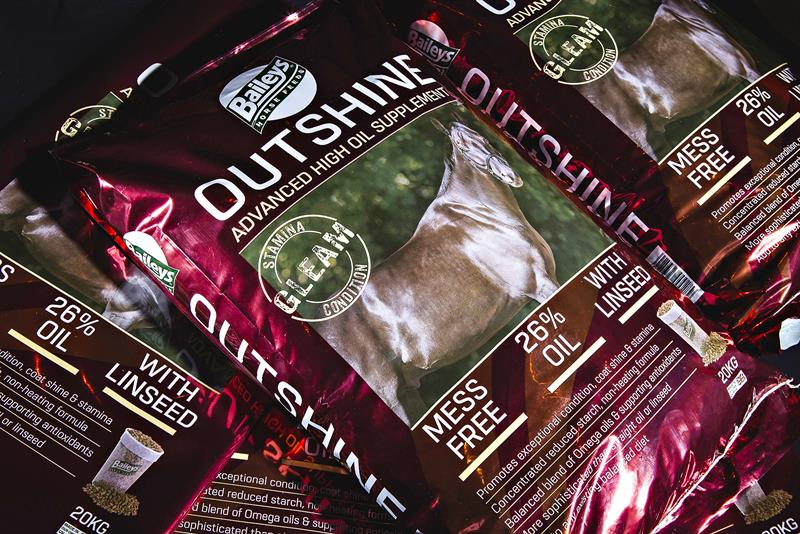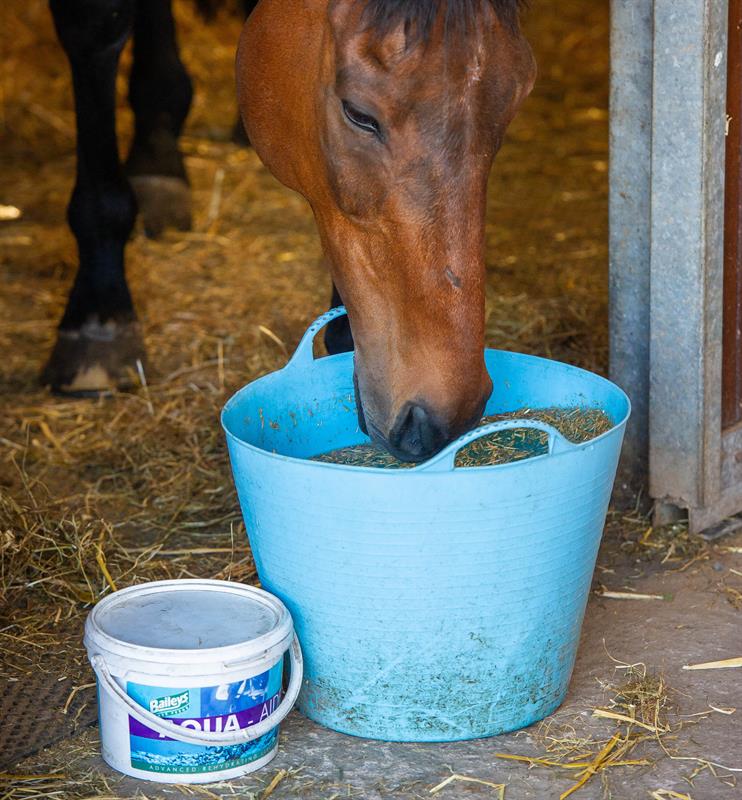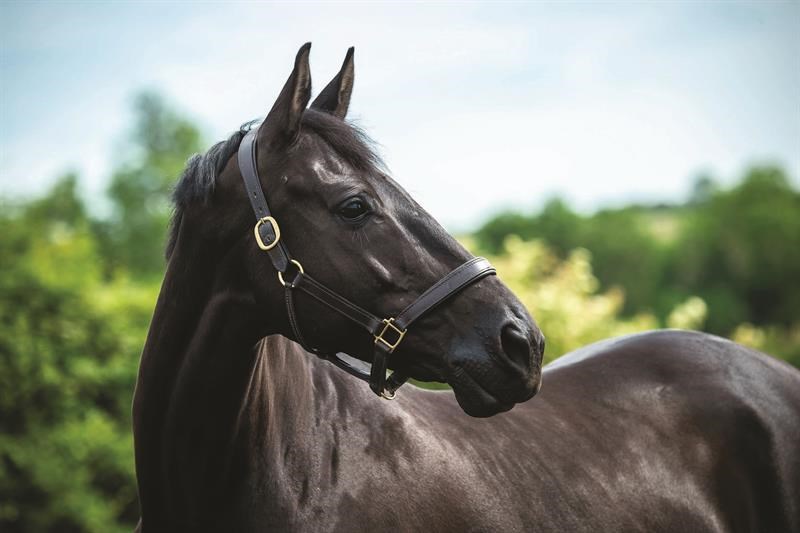#SponsoredContent
Condition
If your horse needs to gain or lose weight before his first show, the earlier you alter his diet to achieve this, the better. Use a weightape and Body Condition Scoring to monitor progress and aim for a horse who is fit and moderately conditioned, not fat. Weight loss is probably harder to achieve than weight gain so allow extra time for this and use the tail-end of the winter to your advantage by only using lightweight rugs so the horse has to burn some body fat to keep warm.
Top Line
To build muscle and top line, your horse’s diet must contain the right nutritional building blocks, primarily good quality protein. Look for soya and alfalfa as protein sources and buy the best quality feed or balancer you can afford. You must then feed it at the recommended levels to ensure the overall diet is supplying all that your horse needs, including the essential amino acids to build and repair muscle and other tissue. This is likely to give you more cost effective results than adding an expensive specialist supplement to an existing deficient diet.
Coat Shine
True healthy coat shine comes from within not from a bottle! Before adding oil or linseed to your horse’s diet, however, check that the overall diet is fully balanced by ensuring you are feeding an appropriate feed or balancer at recommended levels. Vitamins and minerals play lots of key roles in the body, not least in promoting healthy supple skin. To gain that extra head-turning gloss, consider a specially formulated high oil supplement, like Baileys Outshine, which contains a blend of Omega oils as well as supporting antioxidants to help the body utilise the oils effectively.

Fibre Maintenance
If the stress of travelling and competing starts to put your horse off his feed or forage, it’s particularly important to maintain fibre intake to support gut health. Offer damp hay or haylage, while travelling, and consider alternative fibre sources in the stable, especially if staying away from home. Soaked Speedi- or Fibre-Beet or Alfalfa Blend and other chaffs, can be offered in separate buckets, alongside hay and/or haylage, to encourage the horse’s natural foraging behaviour. Consider adding a prebiotic, like Baileys Digest Plus, to the feed too, to support the fibre-digesting bacteria in the hind gut.
Hydration
A horse loses electrolyte salts whenever it sweats and these need replacing in order to help the body rehydrate and recover from exertion. Giving a good quality electrolyte supplement, such Baileys Aqua-Aide, in water or wet, sloppy feed, each time a horse sweats, is advisable, whether at home or at a show. To encourage a horse to take electrolytes and drink at a show, mix them with a handful or two of soaked beet or an alfalfa chaff and add enough water to make a soup-like, drinkable consistency. Always offer fresh clean drinking water as well as electrolyte water/feed and ensure fibre intake is maintained as this acts as a reservoir for water and electrolytes in the horse’s hindgut.

